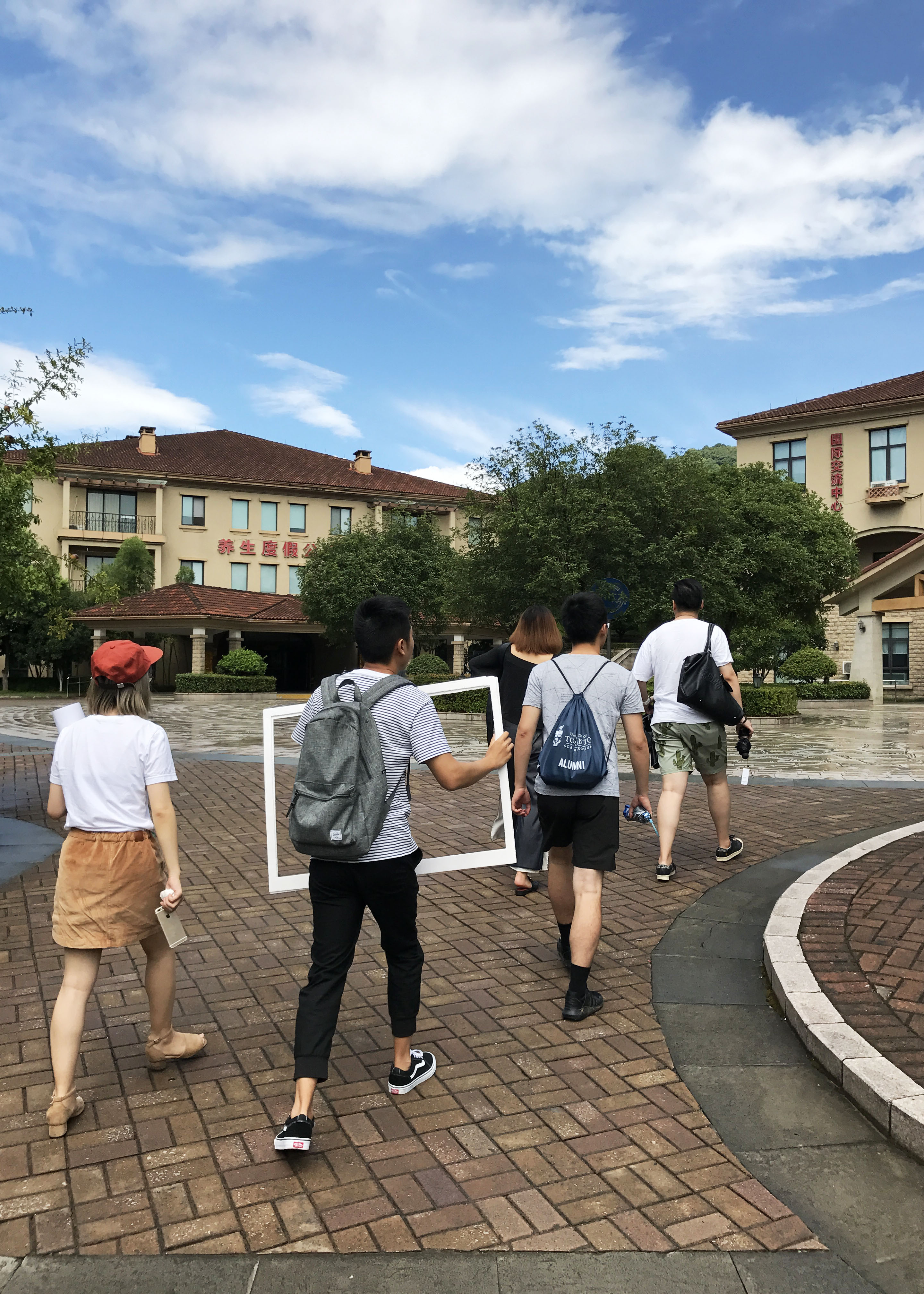What did we design in the first stage?

Research
We used a variety of secondary and primary research methods to collect information about seniors' mindsets and to investigate the reasons behind senior depression.
Popular Media Scan & Literature Review

See Detailed findings ↓
According to NIMH (National Institute of Mental Health), we found more than 75% of seniors around the globe showed symptoms various types of depression, including major depression, Persistent Depressive Disorder (Dysthymia) and minor depression.
The term “senior depression” or “elderly depression” is used to describe this condition where seniors may show early symptoms like social withdrawal, loss of self-regard and pessimism. Medically, according to NIMH publications, senior depression may interfere with the elderly's ability to work, sleep, concentrate, eat, and enjoy life. Moreover, severe major depression may even cause a suicidal tendency.
Therefore, it was really urgent to guard against seniors' depression.
NIMH (National Institute of Mental Health) suggested several possible treatment options for senior depression. However, these popular treatments were borrowed from treatments used in other mental health problems without proper modifications for seniors. Thus, they more or less showed drawbacks during the treating process.

We wanted to investigate deeper to discover the essential reasons behind these drawbacks to find opportunities in order to better alleviate senior depression for the elderly.









































